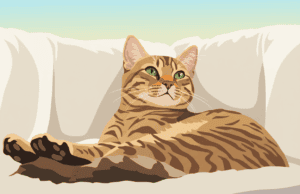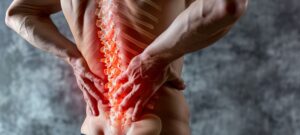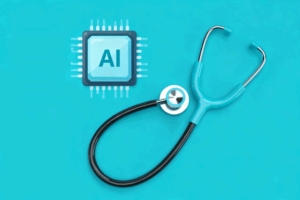Low back pain is a common problem that affects millions of people worldwide — especially older women. While the causes of low back pain can be varied, new research suggests that estrogen may play a role in its development and severity.
A recent review published in Bone Research reported that estrogen receptors are present in the intervertebral discs and facet joints. These two key areas of the spine are often affected by low back pain. This suggests that estrogen may have a direct impact on the health of these tissues.
Low back pain is the most common cause of pain
Low back pain affects as many as 80% of people at some point in their lives. It’s the leading cause of pain around the world, affecting 619 million people in 2020. The incidence is expected to grow 34% to 843 million people by 2050, according to a 2023 study published in the Lancet.
The study identified key risk factors for low back pain including smoking, obesity, and occupational factors, like lifting heavy items. Another risk factor is an aging population because the incidence of low back pain increases as we age. More specifically, more older women experience low back pain than any other group.
![]()
Intravertebral disc degeneration, facet joint arthritis, and other forms of osteoarthritis can all cause low back pain. The pain can be sharp or dull, and it can be worse when you are sitting, standing, or lifting heavy objects.
Low back pain most commonly occurs due to changes in the spine, including degeneration of the intervertebral disks and osteoarthritis in the facet joints. These components are critical to spinal motions, including rotation, flexion and extension. Osteoarthritis is experienced by twice as many women as men, and this difference is amplified during menopause when hormone levels change.
Intravertebral disc degeneration
The intervertebral discs are the cushions between the vertebrae of the spine. They consist of tough outer rings (called the annulus fibrosus) and soft, gel-like centers (called the nucleus pulposus). Over time, the intervertebral discs can degenerate. This can cause the annulus fibrosus to become cracked or torn, and the nucleus pulposus to bulge out. This can put pressure on the spinal nerves, causing pain.
Facet joints
The facet joints are small joints that connect the vertebrae of the spine. They’re located on the back of the spine, and they help to stabilize it.
Over time, the facet joints can become arthritic. This means that the cartilage in the joints breaks down, and the bones rub together. This can cause pain and stiffness. Osteoarthritis can affect any joint in the body, but is most common in the hips, knees, hands, lower back, and neck.
How estrogen and low back pain are related
Estrogen is critical to the functioning of the female reproductive system. But did you know it also acts on the metabolism of the musculoskeletal system (including bones, joints, muscles, tendons, and ligaments)? Estrogen deficiency has been related to decreased bone mineral density and increased musculoskeletal pain. That’s why women are highly susceptible to low back pain and osteoarthritis around menopause. That’s when estrogen levels can drop to near zero.
Estrogen binds to estrogen receptors to have an impact around the body, and these receptors are in most joints and intervertebral discs in the spine. Research has shown that estrogen supplementation can be effective at reducing intervertebral disc degeneration and osteoarthritis progression. This supports its potential use as a therapeutic agent for people with low back pain and osteoarthritis pain. Clinical studies have not been conclusive, however, due in part to the type and timing of estrogen therapy.
There’s still much to learn about estrogen and low back pain. Further research is needed to fill our gaps in knowledge and understand the type, dose, and timing of estrogen treatments that are most effective and safe for different pain conditions.
If you’re experiencing low back pain, you should see a doctor to determine if it’s due to intervertebral disc degeneration or osteoarthritis progression. If you are a woman who is experiencing low back pain, it may be helpful to ask your doctor about the potential role of estrogen.
To learn more about menopause and its effects on your body, check out our Hormones for Menopause webpage and see our previous blog posts on the topic.


